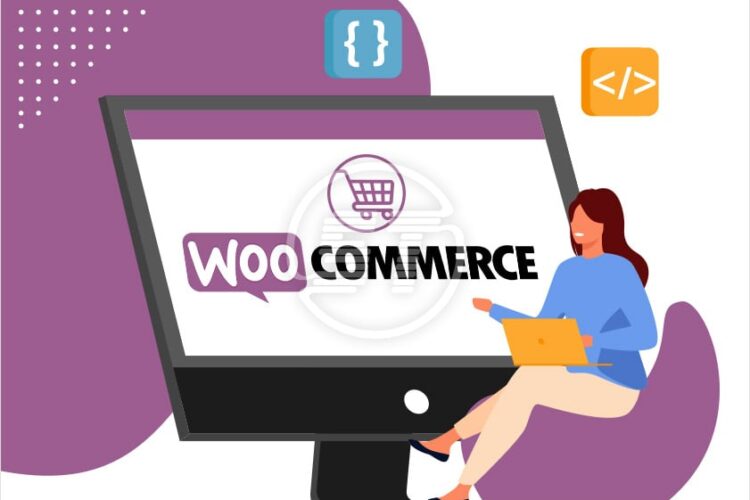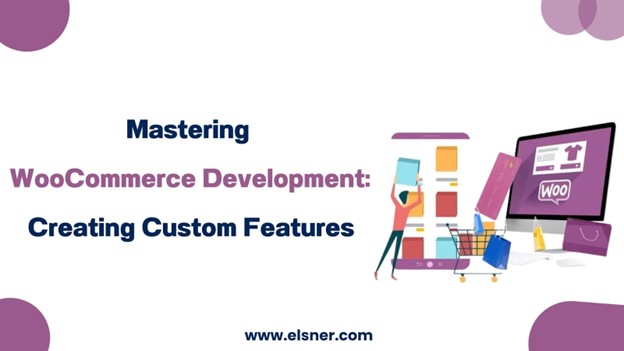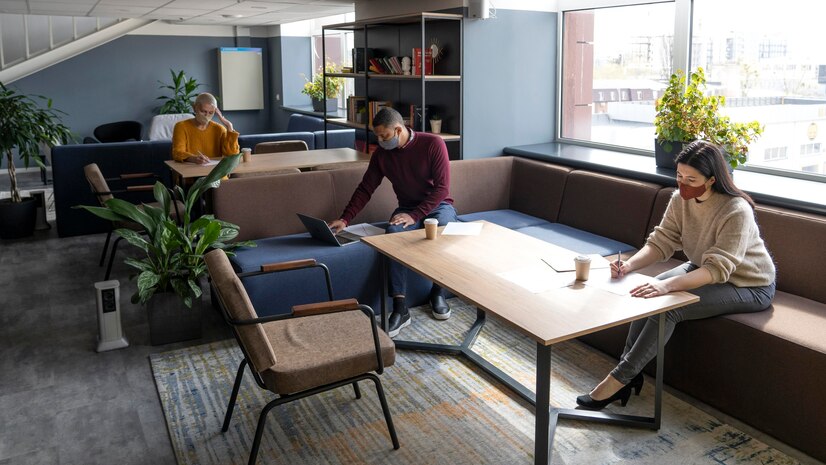Ever wondered how to transform your WooCommerce store into a bespoke shopping experience that perfectly aligns with your business objectives? Extending WooCommerce allows you to add a personal touch, making your store unique and tailored to your needs. You can get in touch with professional WooCommerce experts, in case you are looking for related assistance.
They can even help in developing custom features which equips your store with additional capabilities. Thus, it ensures that your store operates just the way you envision. Here, in this definitive guide, we will focus on learning how to craft a WooCommerce store that mirrors your unique style and business goals. So, let’s begin with our discussion:
Key Steps that are Involved in Extending or Adding Custom Features to WooCommerce
-
Focus on Finding out Customization Requirements
The first and the most important thing that you need to do is to discover your customization needs. It typically involves determining the unique features or changes you want to implement in your WooCommerce store. If you have any related confusions, you can get in touch with an agency who is dedicated towards best-in-class WooCommerce services.
This could include new payment methods, a unique checkout process or custom fields in registration forms. For instance, you might require tailored order emails, a WooCommerce pre-order feature or a distinct way to display product prices. Comprehending these specific needs helps you plan the best ways to modify WooCommerce to meet your exact requirements. Clarity on these needs ensures you can focus on making precise changes.
Example of Customization Requirements
| Feature | Description | Priority |
| New Payment Method | Integrate Stripe for more payment options | High |
| Unique Checkout Process | Simplify the checkout process for quick purchases | Medium |
| Custom Registration Form | Add fields for customer preferences and interests | Low |
-
Make Use of Filters and Hooks
Hooks and filters in WooCommerce allow you to change functionalities without directly altering the core code. You can think of them as entry points where you can add actions or modify information. Hooks typically let you add specific elements such as buttons or messages, while filters enable you to adjust data before it is displayed, like changing product prices or altering text.
Thus, these particular tools are known for offering a better way to customize WooCommerce functionalities without affecting the main system. To learn further or for related aid, you can hire WooCommerce developers.
Example Code: Adding a Custom Message with a Hook
add_action(‘woocommerce_before_shop_loop’, ‘custom_shop_message’);
function custom_shop_message() {
echo ‘<div class=”custom-message”>Welcome to our store! Check out our latest products.</div>’;
}
-
Craft a Development Environment
Creating a development environment involves setting up a safe space on your computer to work on your WooCommerce store without impacting the live version. It is like having a practice area to test changes and new features using specific tools like MAMP or XAMPP. Additionally, using version control such as Git helps to track and manage changes. So, this particular approach allows you to experiment and fix issues without risking your live store’s integrity.
Top Development Environment Tools
| Tool | Purpose |
| MAMP | Local development environment |
| XAMPP | Local development environment |
| Git | Version control |
-
Come Up with Custom Features
Developing custom features typically entails creating new functionalities or modifying existing ones to meet your unique needs. This could include a customized checkout process, new buttons, WooCommerce product videos, or tailored product displays. You achieve this by writing custom code or using suitable plugins. Custom features help your store stand out and operate according to your specific requirements, making shopping easier for customers and management smoother for you.
Example Code: Adding a Custom Checkout Field
add_filter(‘woocommerce_checkout_fields’, ‘custom_checkout_field’);
function custom_checkout_field($fields) {
$fields[‘billing’][‘billing_custom_field’] = array(
‘type’ => ‘text’,
‘label’ => __(‘Custom Field’, ‘woocommerce’),
‘required’ => true,
);
return $fields;
}
-
Build Custom Plugins
Building custom plugins generally means crafting add-ons for WooCommerce that perform specific tasks. These plugins operate independently of the main WooCommerce code, allowing you to customize your store without altering the core system. Custom plugins can add functionalities like new payment methods or unique customer features. Thus, it offers you more control and flexibility to tailor your store to your business needs.
-
Consider Employing WooCommerce APIs
Using WooCommerce APIs allows you to connect your store with other applications or systems, facilitating smooth information exchange. APIs act as messengers, enabling different systems to communicate. WooCommerce offers interfaces that let you sync product details with other websites or create mobile apps for your store. Utilizing APIs expands your store’s capabilities beyond the default offerings, linking it with other systems for enhanced functionality.
Example Code: Fetching Products with WooCommerce API
$woocommerce = new Client(
‘http://example.com’,
‘ck_XXXXXXXXXXXXXXXXXXXXXXXXXXXXXXXXXXXXXXXX’,
‘cs_XXXXXXXXXXXXXXXXXXXXXXXXXXXXXXXXXXXXXXXX’,
[
‘wp_api’ => true,
‘version’ => ‘wc/v3’,
]
);
$products = $woocommerce->get(‘products’);
print_r($products);
-
Conduct Meticulous Testing
Thorough testing involves checking all aspects of your WooCommerce store to ensure they function appropriately. This includes testing buttons, checkout processes, and product pages to identify and fix issues. So, meticulous testing helps to ensure that any changes or new features work properly for your customers. This way, it prevents potential problems and ensures a smooth shopping experience.
Example of Testing Checklist
| Area | Test Case | Status |
| Checkout Process | Ensure checkout completes successfully | Passed |
| Product Display | Verify products are displayed correctly | Passed |
| Custom Features | Test custom fields and functionalities | Passed |
-
Focus on Performance and Security
You should always ensure security which generally means protecting your WooCommerce store from threats like hacking or data theft. It is possible by using strong passwords, regular updates, and WooCommerce security plugins. On the other hand, focusing on the performance of your WooCommerce store is also equally important.
It involves optimizing your store to run quickly and smoothly by reducing unnecessary plugins and optimizing images. Both security and performance are crucial for providing a great shopping experience and thereby, it helps in keeping your store safe and efficient.
Security and Performance Tips
| Aspect | Tips |
| Security | Use strong passwords, enable 2FA, install security plugins |
| Performance | Optimize images, use a CDN, minimize HTTP requests |
-
Document and Maintain
Documenting and maintaining involves keeping records of the changes made to your WooCommerce store and regularly updating it. This process helps you track modifications and solutions, serving as a reference for future needs.
For instance, documenting how you implemented WooCommerce personalized product features can be incredibly valuable for future enhancements or troubleshooting. Whereas, maintenance typically entails updating themes, plugins, and addressing issues to keep your store running smoothly. This ongoing care ensures your store remains healthy and functional over time.
Maintenance Schedule
| Task | Frequency |
| Update Plugins | Weekly |
| Backup Database | Daily |
| Check for Errors | Monthly |
-
Indulge in Constant Learning
Continuous learning involves constantly improving your WooCommerce skills by reading guides, watching tutorials, and participating in forums. Staying updated with the latest tools, tips, and tricks is essential as technology evolves. By continuously learning, you enhance your ability to solve problems, improve your store, and keep up with eCommerce trends, contributing to long-term success.
Wrapping Up
Thus, tailoring your WooCommerce store is similar to coming up with a masterpiece that is perfectly customized to your business’s vision. Whenever you consider developing custom features, it provides empowerment to your store, making it stand out online.
Thus, by extending WooCommerce, you get the chance to bring improvement in your store. It even allows you to shape a unique shopping experience for your customers. For any related aid, you should make sure to choose WooCommerce web design solutions offered by a reputed agency. By opting for their assistance, you can achieve the best results.





0 Comments